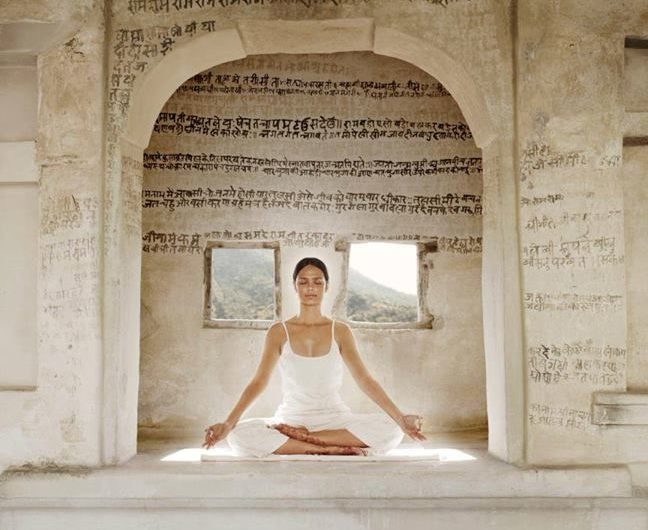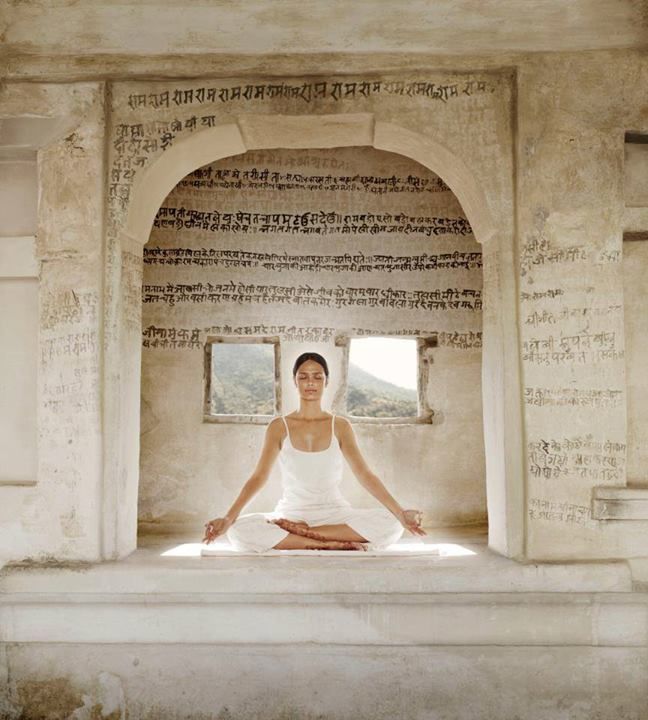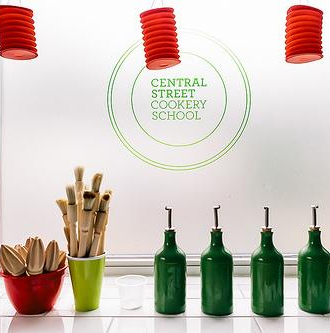You’ve decided you want to start meditating – you’ve read all about the blissful benefits and you’re sitting at home ready to start. Now what? Like many others, it’s easy to fall in love with the idea of meditation, but another thing to actually practice it. If you consider yourself a left-brain, idea-loving gal, it’s hard to re-train yourself to use that all too precious free-time, to quieten your mind and not engage it.
But it needn’t be a chore; the most exciting realisation of meditation is the knowledge that there is a style out there that is perfect for you and your lifestyle… it’s just a case of finding the one that suits you best. Once you begin exploring meditation and trying different techniques, you’ll find yourself navigating through to your preferred style. But for now, we’ve given you an overview of five of the most popular practices to make it easier to get started.
- Mindfulness meditation: A method that’s used as a basis for many different techniques, mindfulness is the most common form of meditation in the UK and what you’ll feel at home with if you’re a regular yoga bunny. By observing the breath, you ‘become present’ and slowly learn to quieten your frantic mind. Contrary to popular belief, the aim here is not to empty your mind, but the opposite – accept whatever thoughts come into your head without judgement. Don’t struggle to get away from your thought, but instead detach yourself from it, dismiss it and then let it move on. One useful technique is to count the breaths in your inhalation and exhalation; this is called vipassanna. So you’re not distracted by how long you’ve been meditating for, set an alarm on your phone for 20 minutes, or longer if you have time. Mindfulness is easy to pick up and great for beginners, but equally experienced meditators use this technique to expand their practice and create a deep state of stillness.
- Movement or active meditation: What it says on the tin. Simply, any kind of meditation where you are moving. Any movement can be performed as a meditation, if we apply mindfulness and a slow pace. This technique is great for those who find it difficult sitting for too long as it allows you to learn how to work with your body, not against it. Try tai chi or Qigong as they teach us to be aware of all parts of our body and are a great way to start practising meditation in a moving state. Repetitive activities such as walking are often underestimated but equally just as valuable in achieving mindfulness; by doing the same movement or keeping to the same rhythm, your body will start to learn and go through the motions allowing your mind to start finding places of stillness and calm.
- Mantra meditation: A celebrity favourite, and what you may think of when you imagine meditation, it’s usually practised for 20 minutes twice a day either silently or audibly repeating a particular sound or phrase. The vibrations act as your anchor to allow for a clear mind to take place. A specific form of mantra meditation, Transcendental meditation (or TM), has been growing in popularity since it’s conception in the mid 50’s. Traditionally, you can only receive a TM mantra from a teacher, as you’ll be given one that’s unique to you. Not all mantras need to be your stereotypical ‘ohm’ though and many people find short phrases or positive affirmations work better for them. Don’t feel intimidated – you really can have anything as your mantra. It’s a personal technique and incredibly important to just use whatever feels comfortable to get the best benefits.
- Body scan meditation: Body scan meditation is particularly popular for its simplicity and direct applicability to experience. It encourages you to move through your body slowly from top to bottom, becoming curious of every millimetre your mind touches on, observing any sensations that you become aware of. As well as being one of the best forms of meditation to relieve tension and stress, in cases of pain from illness or injury, science has shown that accepting sensations in this form is more effective than trying to control them. This form can be practiced as a guided meditation led by an advanced meditation practitioner, or performed solo once you get the hang of it.
- Guided imagery: A growing form of meditation that’s gaining popularity and a cult following, as many people get the benefits of meditation without the challenge of having to still their chattering mind. Incredibly simple to use, guided imagery (or visualisation as it’s sometimes called) is practised by listening to a guide, who leads you through a series of relaxing visualisations. For those who suffer from anxiety, insomnia or other stress-related illnesses, guided imagery urges you to visualise positive changes, healing or states of wellbeing.
words by Amelia Perkins














